Sculpting Serenity: Gandhara’s Indo-Greek Buddhist Art
The ancient region of Gandhara, the “Land of Fragrance,” played a vital role in developing Buddhist art and deepening its global...
Maya M. Tola 18 July 2024
Many of us are not only art but also book lovers! And not only that. We, in DailyArt Magazine, love libraries! Especially the ones with rich history, spectacular architecture, and a unique atmosphere for learning and contemplating literature. Let’s take a tour around the world’s most beautiful libraries.
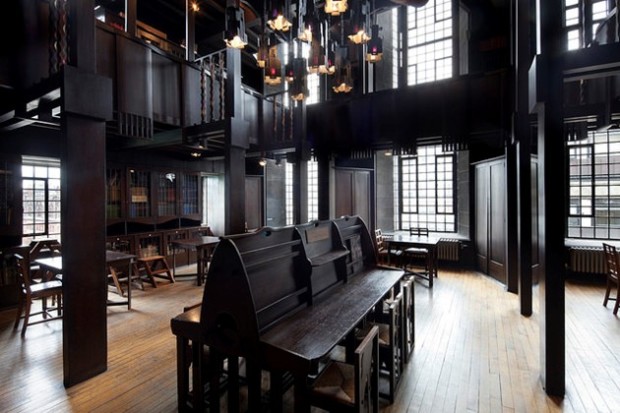
Sad story to begin with… This library was designed by Charles Rennie Mackintosh, a front architect of the Glasgow School, a style which had a lot in common with Symbolism and Secession in continental Europe. Sadly, this masterpiece was damaged in a freak fire in May 2014. If that wasn’t enough, another fire ripped through the library in June 2018, as a major restoration was nearing completion. The library is still being rebuild and is planned to reopen in 2030.
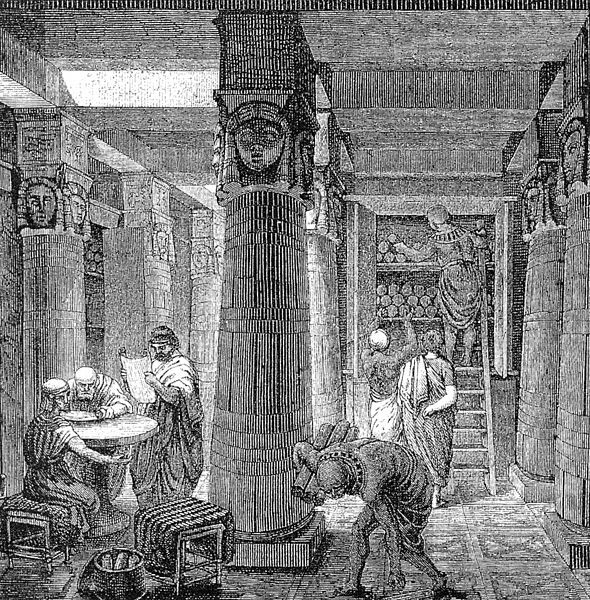
Cool libraries seem to be cursed… Why are books so vulnerable when it comes to fire? Ech, the same fate doomed the library of Alexandria, Egypt—the biggest library of the ancient world—which housed 40,000 to 400,000 scrolls and papyrus! It is believed to have survived several fires, yet we don’t know exactly by whom or when it was damaged for good. However, its destruction has become a universal symbol of the loss of public knowledge.

The Long Room of this stunning library in Dublin looks a lot like Jedi archives of the Jedi Temple in the movie Star Wars: Episode II – Attack of the Clones. The Trinity College Library hosts Ireland’s national treasure, the Book of Kells, which is a beautifully illuminated Gospel produced at a Columban monastery around 800 CE. The library itself came into being in 1592, as the university was founded. It is the biggest library in Ireland!
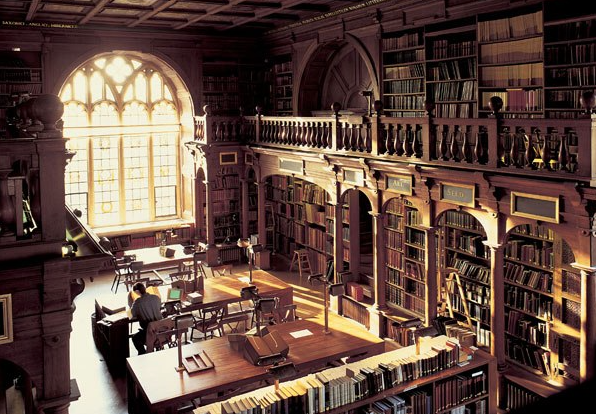
When talking about world’s most beautiful libraries and movies, we should mention this one, as its reading room served as the stand-in for the Hogwarts library in the Harry Potter movies! Yet not only Harry Potter studied there, but also J. R. R. Tolkien, C.S. Lewis, and Oscar Wilde. And it’s Oxford, so except for five kings, 72 Nobel Prize winners, and 28 prime ministers, who have all studied there, we can expect more to come!
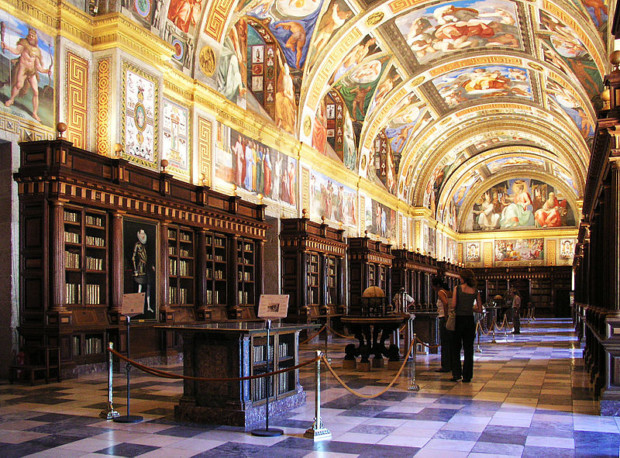
The library was built as a part of El Escorial, which also housed a monastery, basilica, and royal palace among others, by the order of King Philip II. This monumental complex, built between 1563 and 1584, was the largest Renaissance building in the world and is now a UNESCO World Heritage Site. The Royal Library contains over 40,000 books in Latin, Spanish, Arabic, Greek, Hebrew, and many other languages. The frescoes on the vaulted ceilings represent the seven liberal arts: rhetoric, dialectic, music, grammar, arithmetic, geometry, and astronomy.
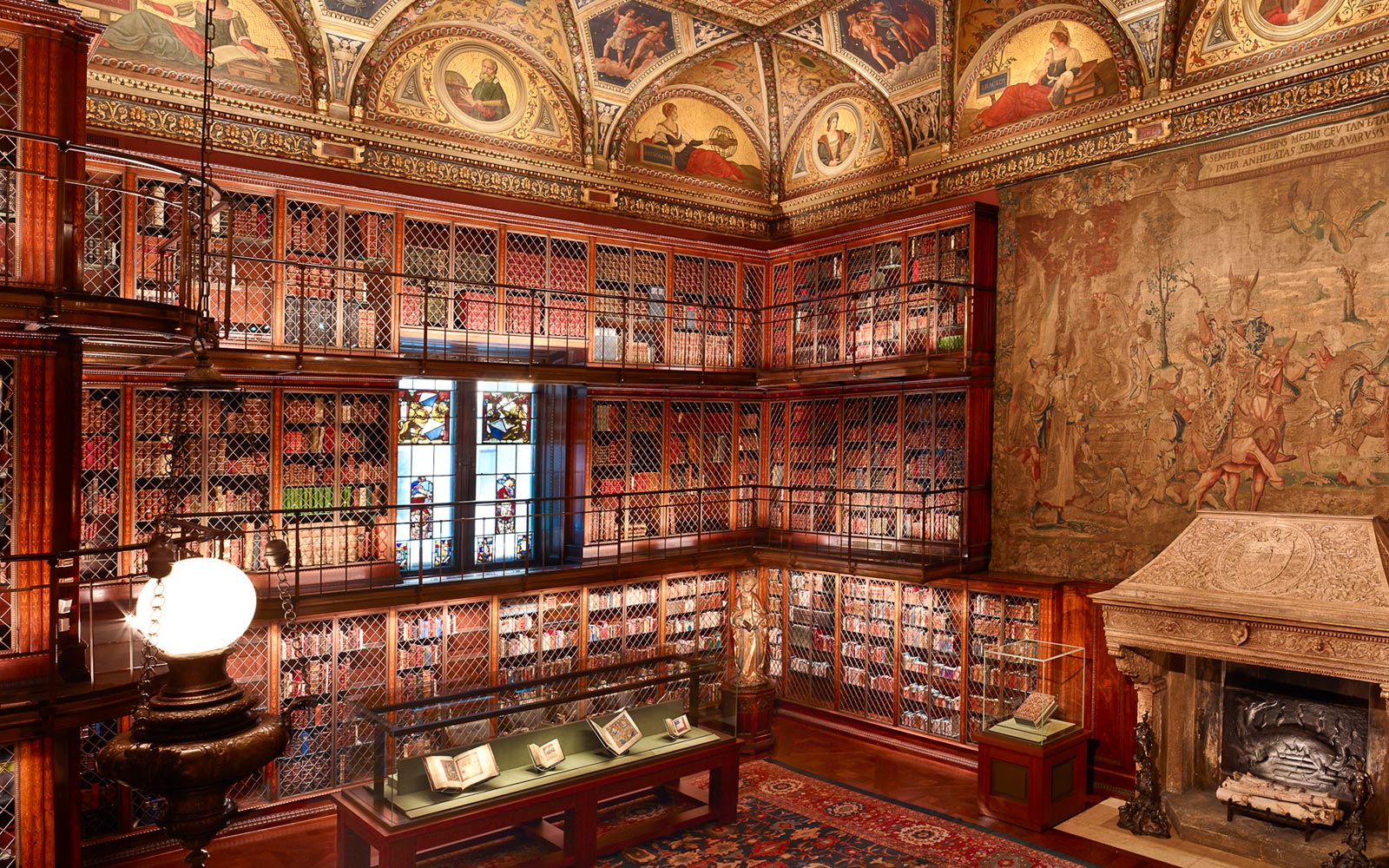
The Morgan Library was first designed by Charles Follen McKim as a private library for financier Pierpont Morgan. Its Renaissance interior is richly decorated with frescoes, stained glass, tapestries, and a prominent Istrian marble-carved mantlepiece. Pierpont Morgan’s collection is comprised of numerous Old Masters’ drawings, medieval and Renaissance manuscripts, photography, art objects, and of course rich archives.

The name Cuypers Library comes from the famous Dutch architect Pierre Cuypers, whose designs of Rijksmuseum and the Amsterdam Central Station are the symbols of the city. This library is the largest and oldest in the Netherlands, and it currently functions as the research library of the Rijksmuseum. It had been open for use for art history lovers as well as professionals.

The content of this library comes from the collections of the Abbey of Saint Genevieve in Paris—founded in the 6th century by Clovis I, the King of Franks. The library has therefore a long history, but the most exciting part of the building is the 19th-century reading room equipped with an innovative iron frame supporting the roof. It was built between 1838 and 1851 by architect Henri Labrouste, one of the most prominent French architects of the time. Currently, the library has a collection of 2 million documents and is a part of the University of Paris (Sorbonne).
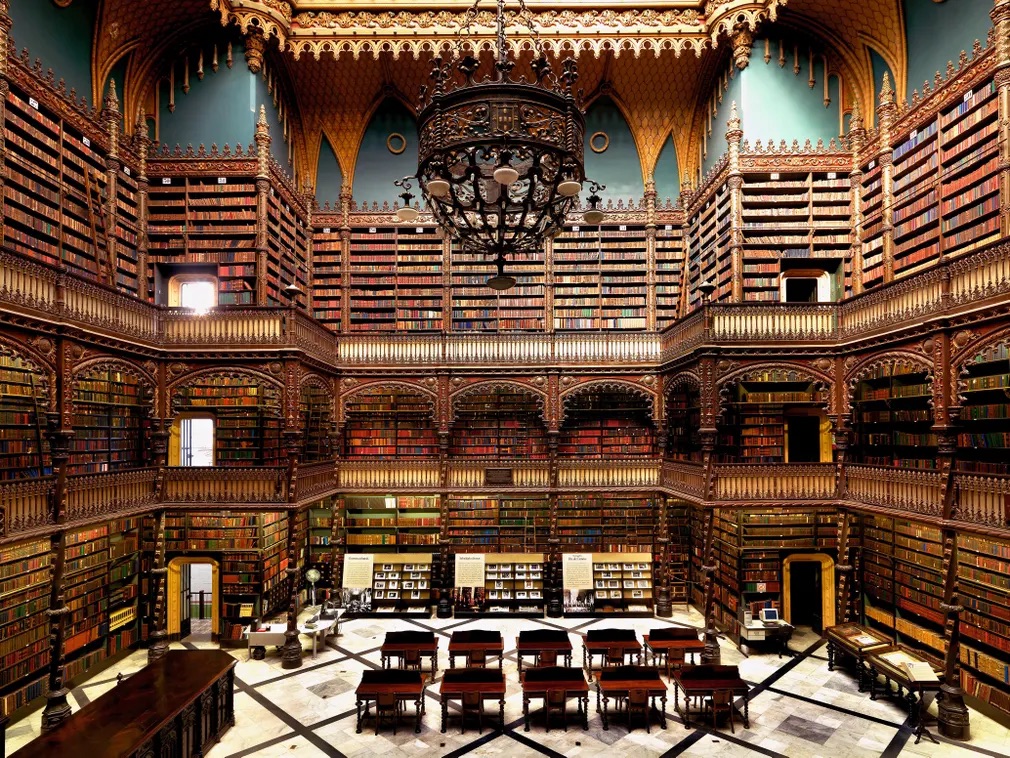
Located in Rio de Janeiro, Brazil, this library houses the biggest collection of Portuguese literature outside Portugal. It was built between 1880 and 1887 according to the design by Rafael da Silva e Castro. The building represents Neo-Manueline style, which drew inspiration from Portuguese Late Gothic architecture and evoked the era of great Portuguese discoveries. The style was very popular in Portugal at the time and eventually spread to its colonies and former colonies. Interestingly enough, the library was established by a group of Portuguese political refugees and immigrants, as a way to promote their culture among the migrant community.
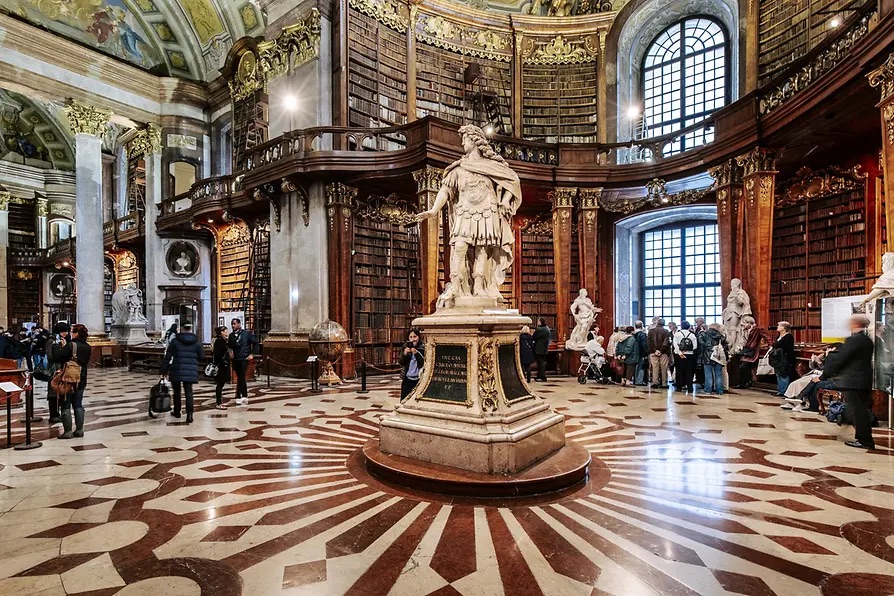
This pearl is our last example of the most beautiful libraries in the world. The Austrian National Library (Österreichische Nationalbibliothek) is located in Hofburg, the formal imperial palace in the historic 1. District of Vienna. Its vast collection comprises of some 12 million objects, which makes it the largest library in Austria. The library was established in the Middle Ages by the Habsburgs. In the above image, you can see the famous state hall (Prunksaal), a central part of the old imperial library. The constructions of this part were initiated in 1721 by famous architect Johann Bernhard Fischer von Erlach and later finished by his son Joseph Emanuel Fischer von Erlach. The state hall can be considered a Gesamtkunstwerk, as the entire construction was elaborately designed with frescoes and sculptures of emperors symbolizing the power and virtues of the Habsburgs.
How did you like our selection of the world’s most beautiful libraries? These impressive temples of knowledge and history are truly breathtaking!
How about you? Let us know about your personal favorite!
DailyArt Magazine needs your support. Every contribution, however big or small, is very valuable for our future. Thanks to it, we will be able to sustain and grow the Magazine. Thank you for your help!